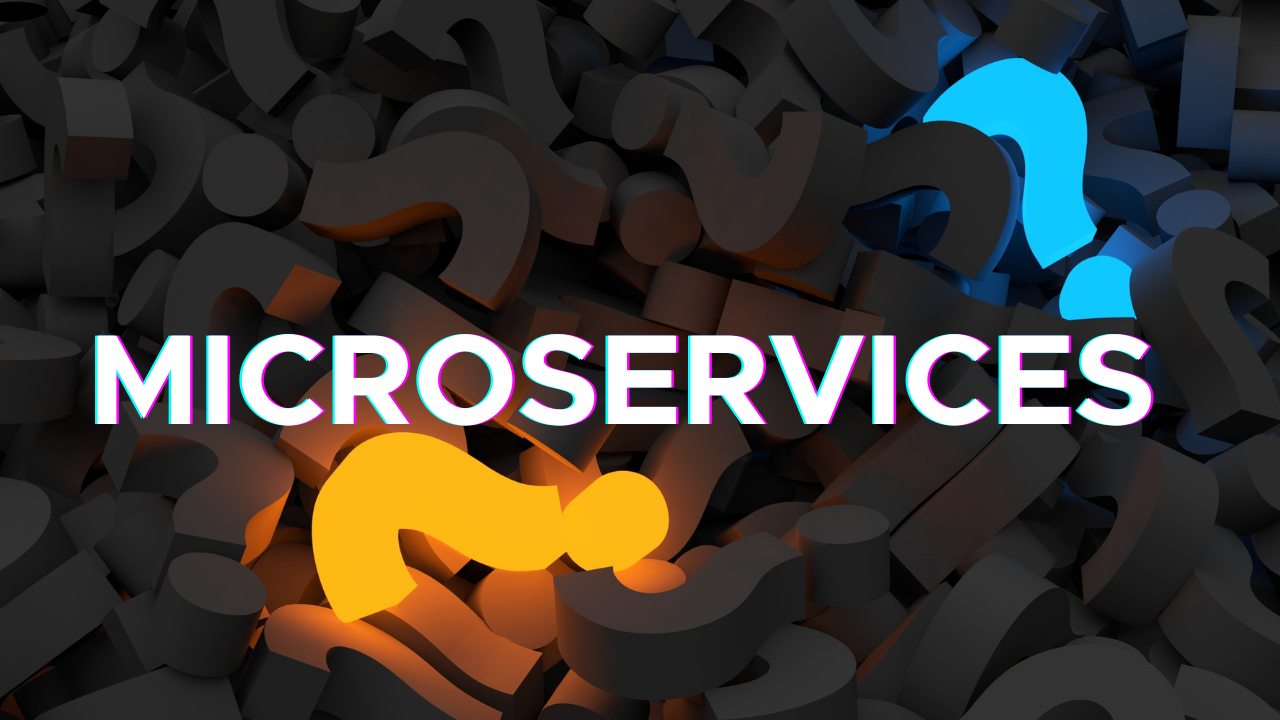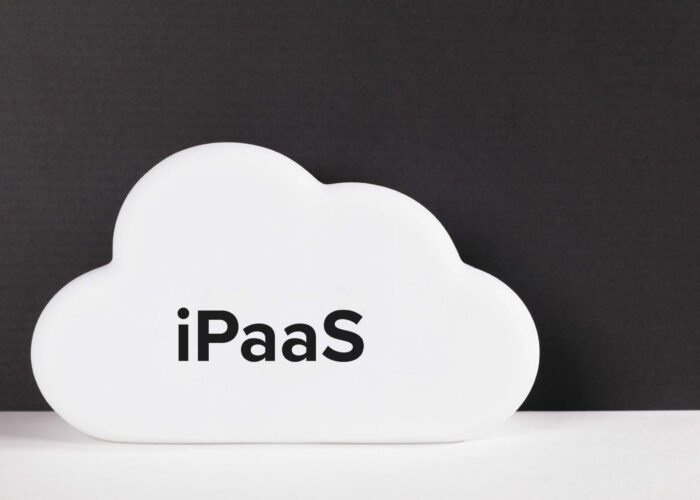Microservices are being adopted by new organisations constantly. Architectures based on this type of service are now extremely popular. In fact, many people see them as the future of IT architecture and believe that they are a fundamental component for digital transformation. But what are microservices? What are their features? What are their advantages and disadvantages? Find out in this post.
What is a microservice?
Microservices are a software development system that has become greatly popular. Though many find them to be interesting, not everyone is brave enough to put them into practice. Increasingly now, developers are discovering how microservices offer positive benefits in areas such as project delivery times, performance and stability.
Microservices set forth their own architecture. While with a monolithic architecture an application is developed as a single unit, a microservices architecture works with a set of smaller services which are executed independently and autonomously. Each of them may even be written in a different programming language. This type of service enables us to have more flexible and adaptable IT infrastructures, since when modifying a single service, it is now not necessary to modify the rest of the infrastructure.
“While in a monolithic architecture the application is developed as a single unit, a microservices architecture works with a set of smaller services which are executed independently and autonomously.”
Microservices communicate with each other using protocols such as HTTP to their respective APIs. In order to accomplish this, there should be a minimum number of microservices whose function is to manage common elements.
In order to implement a microservices architecture, especially when over an established solution, we should use a two-layer architecture. One layer that acts internally, and the second layer externally.
In order to learn more about the way in which they interact, and the features of the microservices architecture, you should visit this article: How to implement microservices in a large company
Without doubt, one of the strengths of this type of service implementation lies is its scalability. If we develop a project based on this method, an application or tool will draw upon a combination of several independent services that are deployed as needed. This will result in a modular application that may be expanded or reduced depending on the goals of the company at any given time.
Microservices common features
- Characteristics of its software: It may be broken down into several independent parts. To accomplish this, each of the services may be deployed and modified without affecting other functional aspects of the application.
- Characteristics of its organisation: The way in which they are organised is in contrast with a monolithic environment, since they adapt at a granular level for aspects such as the capabilities, needs and preferences of the business or client where they are to be implemented. As for the architecture, multi-purpose modules are used, achieving the creation of a common module for everyone, offering a specific service. Undoubtedly, the greatest advantage is time saving and convenience in maintenance tasks, making sure the rest of the team can complete their tasks while maintaining a module.
- Characteristics of its architecture: Each module is independent, since each one of them has its own database; in other words, not all services connect with the same database. Therefore, overloading and application downtime is reduced.
- Characteristics of their warnings and actions: Since several services are operational, we need to have warning and action systems in case there is any failure in these services. For example, in the case of an issue, we would get a warning, an e-mail would be sent to support, etc. This system is beneficial, since it maintains a good operation between the remaining functional modules.
Microservices advantages and disadvantages
We now know what microservices are, having briefly explored their architecture and main characteristics. We will now look at some of their advantages and disadvantages.
Microservices Advantages:
- Minimal work team
- Scalability
- Modular functionality, independent modules.
- Developer freedom to develop and deploy services independently
- Use of containers, allowing for a quick deployment and development of the application
Disadvantages
- High memory use
- Time required to fragment different microservices
- Complexity of managing a large number of services
- Developer need to solve problems such as network latency or load balancing
- Complex testing over the distributed deployment
In summary, microservices have several advantages that make processes easier . However, since it is still an approach not understood by everybody, many CIOs would face obstacles when implementing these systems in their companies due to complexity. Most importantly however, implementing microservices could bring great results that are highly beneficial, particularly to large companies or complex estates.
Leverage the benefits of microservices built around enterprise capabilities with minimal centralised management

Talk to our Experts!
contact us about microservices





